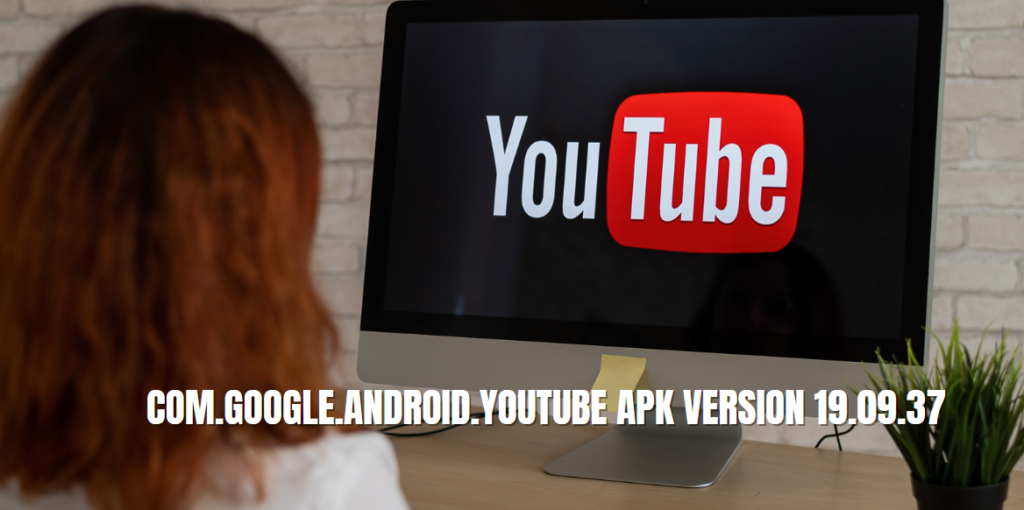The need for quality, responsive, and interactive graphics has never been more critical. While a business is looking to develop engaging and user-friendly websites, the choice of image format becomes very critical in delivering the best experience to customers.
Lately, Scalable Vector Graphics has turned out to be the game changer in this respect by offering flexibility, performance, and accessibility unlike anything else. Here’s why SVG images are crucial to modern web design and how they really can take your website to the next level.
What are SVG Images?
SVG stands for Scalable Vector Graphics, an open standard of vector image format built with the extending functionality brought in by XML (eXtensible Markup Language) in mind. The World Wide Web Consortium (W3C) has put it together.
Unlike raster image formats like JPEG or PNG, that are made of pixels, SVG images are defined by mathematical equations that describe lines, curves, and shapes. It is this basic difference that gives SVG images their unique features and advantages.
Infinite Scalability
Perhaps one of the biggest benefits to using SVG images is that they can be scaled infinitely. Because it’s vector-based, even if an SVG image is expanded or shrunk, it never loses its quality or pixelates.
This means no matter how it’s viewed, whether on a small smartphone screen or on a large desktop monitor, SVG images remain sharp and clear. It is in particular the scalability that makes meaningful use in responsive web design so very useful today, if a website has to scale seamlessly across different screen sizes and resolutions.
For example, consider a company logo. With an SVG version of the logo at hand, you will be able to ensure that it will show perfectly on any device, from tiniest favicons to large billboards without needing several files with images in various resolutions.
Lightweight and Fast Loading
Another reason SVG images will be favored sits in their small size. Since it is a textual file by nature, an SVG file can be huge in comparison with its raster counterpart.
This means quicker page load times, and that affects positive user experience and business presence in the top search engine rankings alike. Google continues to put a strong emphasis on this critically important requirement, so using feather-light SVG images will mean meeting that exact need.
For example, take an SVG icon versus its PNG equivalent. While the SVG file may only be a couple of kilobytes large, the PNG could be several times this size. When you multiply this over a whole website, then, it really starts to add up for loading time.
Interactivity and Animation
While not giving much under the roof, SVG images performed unparalleled interactivity and animation. That is, with a little help from JavaScript and CSS, it brings access to SVG elements in order to animate and make them interactive.
Endless opportunities are then opened for the following: from animated icons and infographics that enhance dynamic user experiences to interactive data visualizations—now fully brought into life with SVG by designers.
Imagine an e-commerce website that represents the different categories of products through SVG icons. Adding some hover effects and animations on these icons can allow users to see feedback for navigation, enhancing the user experience.
A great example of creative SVG use is the New York Times’ interactive infographics, which use SVGs to create engaging, data-rich visualizations that adapt seamlessly to different screen sizes. So, you can also find free SVG images for your website.
Accessibility and SEO Benefits
SVG images also provide major advantages in terms of accessibility and SEO. Since SVG files are text-based, they become easily indexable for search engines, hence quite discoverable. Besides, SVG images may contain the built-in metadata, such as titles and descriptions, giving even more power to the possibilities of searching and accessibility of those elements for users with assistive technologies.
For instance, an SVG infographic is able to contain textual descriptions of the various elements that compose the image so that visually impaired users who use screen readers can understand it. This does not only serve in following accessibilities on websites, but is also a feature that is socially responsible.
A case study by Spotify found that switching from PNG to SVG for their icons reduced the total image weight by 50%, significantly improving load times on their web player.
Browser Compatibility and Future-Proofing
Secondly, SVG has good browser support; any modern web browser is quite capable of rendering an SVG image. It means that businesses can have regard for SVG and be sure that it will play in any browser.
And beyond what has already been specified, SVG won’t be static concerning further changes in web technologies, such as evolving through adapting to them. Its vector type ensures the crisp sharpness of SVG images on the high-resolution displays of the future.

















